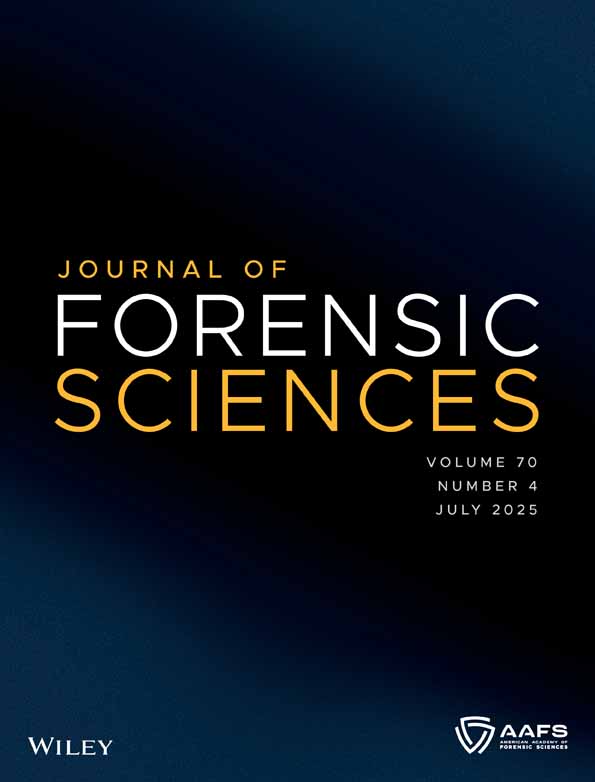An analysis of firearm legality and lethality in 625 U.S.-based mass murders involving firearms
Abstract
Understanding the relationship between firearm regulations and the lethality of mass murder involving firearms has implications for prevention efforts. We examined 625 incidents of mass murder involving firearms that occurred in the United States between 1900 and 2023. The stringency of regulatory practices was based on the 2010 rankings provided by the Giffords Law Center to Prevent Gun Violence. We identified a significant difference in fatalities when examining events in which firearms with only semi-/fully automatic, only non-automatic, or both firing methods were used (p = 0.019), primarily driven by high-fatality rates associated with events in which both types of weapons were used. In high-regulation states, there were significantly fewer events per capita (M = 0.070, SD = 0.044) relative to low-regulation states (M = 0.118, SD = 0.059, p = 0.002). Most events involved firearms that were exclusively acquired legally (64%). The legal status of firearms used in mass murders was significantly associated with fatalities. This was found to be driven primarily by fatalities associated with events in which all firearms were legally acquired being higher than those associated with events in which at least one firearm was illegally acquired. Per capita event and fatality rates of mass murder involving firearms were significantly higher after the Federal Assault Weapons Ban expired. These data support a relationship between firearm regulation and the incidence of mass murder involving firearms, perhaps implying that effective prevention can at least partially be a top-down process.
CONFLICT OF INTEREST STATEMENT
R. Girgis acknowledges recent expert consulting for Signant Health, Guidepoint, Clearview Healthcare Partners, and Health Monitor for which he received compensation, as well as royalties from books on mental health published by Wipf and Stock and Routledge/Taylor and Francis. Dr. Brucato receives royalties and/or advances from the books The New Evil: Understanding the Emergence of Modern Violent Crime from Rowman & Littlefield and Understanding and Caring for People with Schizophrenia: Fifteen Clinical Cases from Routledge/Taylor and Francis; and is on the expert forensic panel for the Cold Case Foundation. No other authors have disclosures.
Open Research
DATA AVAILABILITY STATEMENT
Data will be made available upon reasonable request.




